Softshell turtles are a large group of reptiles in the family Trionychidae. There are two subfamilies, and thirteen different genuses, of softshell turtles.
These turtles easily recognized by their lack of hardened scutes upon their shells, resulting in a leathery, somewhat flexible shell. This characteristic is where they get the name “softshell.” Read on to learn about the softshell turtle.
Description of the Softshell Turtle
Most turtle species have modified scales, known as scutes, upon their shells. The numerous species of softshell turtles lack these scutes, and instead have pliable, leathery shells. This leathery shell is similar to the difference between leatherback sea turtles and other sea turtle species.
Lacking a hardened shell, softshell turtles are much more mobile on land, and easily maneuver in the water. Most are tan or brown in coloration, to blend in with the muddy environment around them.
Interesting Facts About the Softshell Turtle
There are a huge variety of softshell turtles in a wide variety of regions. Each has its own quirks and traits that make it unique, and softshell turtles as a whole are a unique group of reptiles. Learn more about them below.
- Endangered Giant – The critically endangered Yangtze giant softshell turtle is one of the largest freshwater turtle species in the world, weighing in at a massive 220 lbs! It is also the rarest. There are only four known living individuals, two in the wild and two in zoos. The pair in the Suzhou Zoo in China could be the last hope for the species if they reproduce.
- Aquatic Animal – These creatures truly have the specifics for living underwater down. Their soft, streamlined shells makes them wonderfully hydrodynamic. This allows them to swim swiftly after prey or away from danger. In fact, some species can only swallow food while they are underwater!
- Makeshift Gills – While all species of softshell turtles breathe air, some can actually obtain oxygen from the water. This allows them to spend longer periods of time submerged. To do this, they open and close their mouths underwater and absorb the oxygen, much like in the gills of fish.
- Turtle Soup – Even though it may sound preposterous to some, softshell turtles are a delicacy in some countries and regions! While this activity does not threaten many species, some species are more severely impacted. Hunting has caused serious decline in some populations, including the aforementioned Yangtze giant softshell turtle.
Habitat of the Softshell Turtle
As a whole, this family lives mostly in freshwater environments, though they occasionally foray into brackish water. Some common habitats include ponds, streams, lakes, rivers, and retention ponds.
Most species prefer shallower water with muddy bottoms, but some live in water bodies with sandy substrate. In general, as a whole they prefer slow moving or still water, but can survive in faster-moving environments.
Distribution of the Softshell Turtle
Softshell turtles reside across much of the globe in temperate and tropical regions. Though they prefer warmer climates, they can tolerate cold weather to some extent. A number of different species live in Africa, North America, the Indo-Pacific islands, and Asia. Asia boasts an incredibly diverse number of species.
Diet of the Softshell Turtle
Most softshell turtle species are primarily carnivorous, which means they eat mostly animals, and rarely eat plant matter. Their primary hunting method is ambush, and they will bury themselves below the surface of the mud or sand and wait for small animals or fish to pass by.
When they spot prey, they snatch it up using their disproportionately long necks. These turtles eat a variety of foods, including fish, insects, snails, crabs, shrimp, and even small birds or mammals.
Softshell Turtle and Human Interaction
Many species of softshell turtles live in regions that humans utilize. Unfortunately for the turtles, this can end in peril. Habitat destruction and pollution not only impact the turtles themselves, but the prey that they feed on.
Destruction of the aquatic vegetation can also impact their prey, as young fish and crustaceans use vegetation as nurseries. Some populations are also hunted, which impacts each species to varying extents.
Domestication
Humans have not domesticated softshell turtles. We farm some species for meat, but this farming is similar to American alligators, where no actual domestication is occurring.
Does the Softshell Turtle Make a Good Pet
Yes, these turtles can make good pets to the right person. They are slightly more aggressive than some other pet turtle species, and can grow larger than many as well. Always do your research before purchasing any animal.
Softshell Turtle Care
In zoos and aquariums, these turtles usually need relatively large habitats. Not only do they need a large water source to swim in, but they also require areas to haul out and bask in the sun or a lamp to thermoregulate.
Their diet should be similar to their wild counterparts, and consist of small fish, invertebrates, and other aquatic creatures. They require a more carnivorous diet than other turtle species, and pelleted food does not suffice for their care.
Behavior of the Softshell Turtle
As ambush predators, these turtles spend most of their day lying in wait for prey to swim by. They will swim to the bank of the lake or pond, or climb onto a log, to bask in the sun and warm themselves back up periodically.
Some will hibernate or sleep on the bottom of the water, and only have to surface periodically. During hibernation periods some will remain submerged for months on end.
Reproduction of the Softshell Turtle
Breeding practices vary greatly between species. Many species lay between 10 and 30 eggs, which they deposit in a hole on the riverbank. Most nest sites are sandy substrate, and they can fall prey to raccoons, skunks, foxes, and other predators. The incubation period varies greatly between species, and hatchlings are fully independent when they emerge.

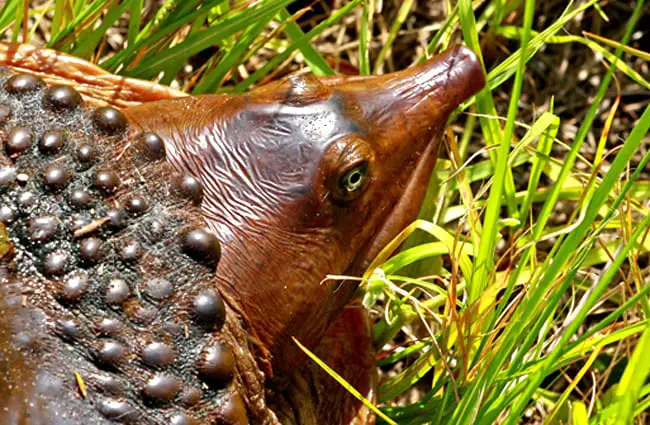
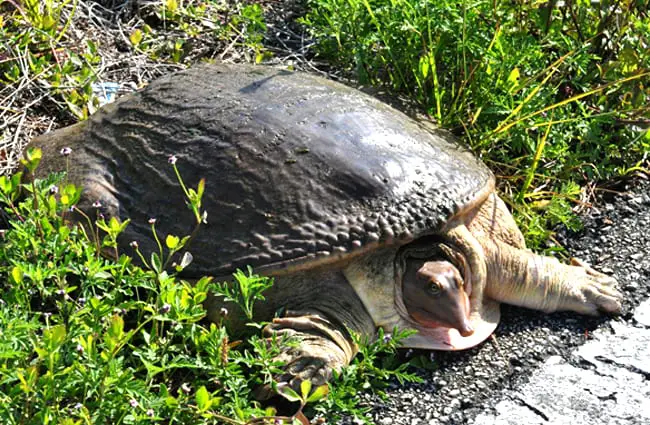

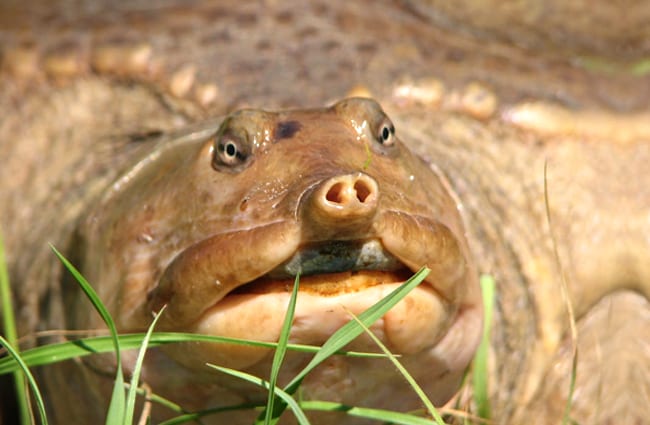
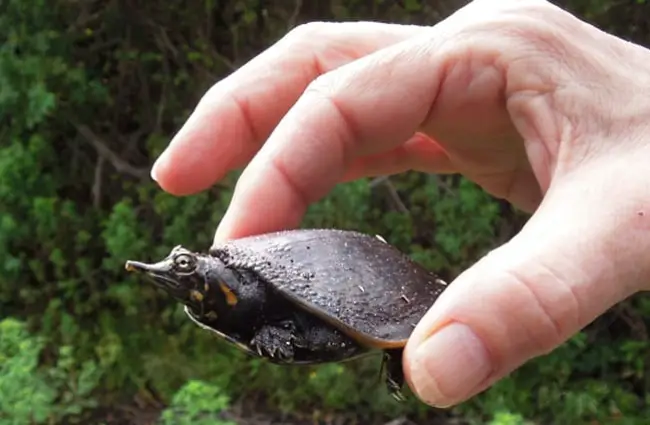


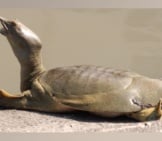
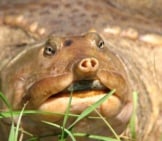

![Red Angus Closeup of a beautiful Red Angus cowPhoto by: U.S. Department of Agriculture [pubic domain]https://creativecommons.org/licenses/by/2.0/](https://animals.net/wp-content/uploads/2020/03/Red-Angus-4-238x178.jpg)












![Red Angus Closeup of a beautiful Red Angus cowPhoto by: U.S. Department of Agriculture [pubic domain]https://creativecommons.org/licenses/by/2.0/](https://animals.net/wp-content/uploads/2020/03/Red-Angus-4-100x75.jpg)

